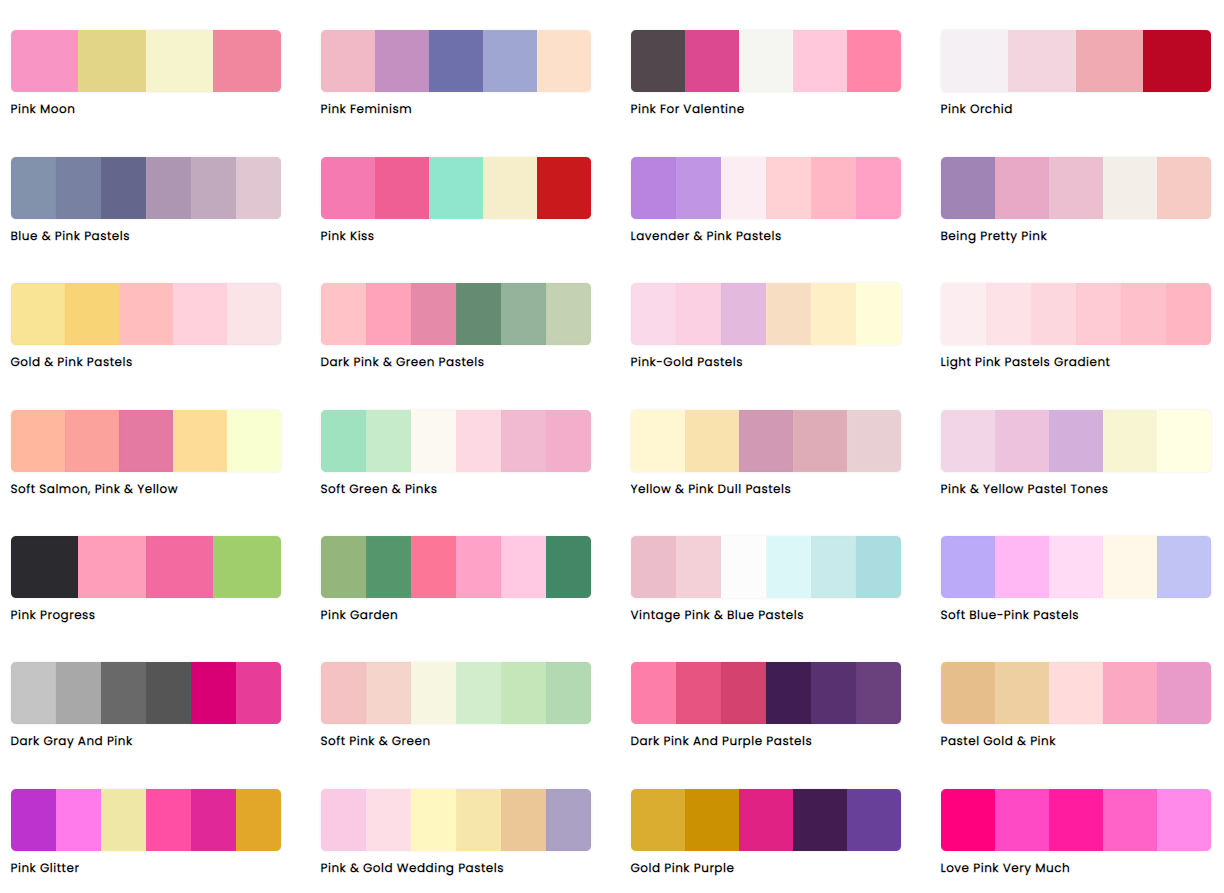The Hosting Insight
Your go-to source for the latest in web hosting news and tips.
Color Me Impressed: Transforming Your Website with the Right Hues
Discover how the right colors can elevate your website's appeal and boost engagement. Transform your site with vibrant hues today!
The Psychology of Color: How Hues Influence User Behavior
The psychology of color plays a crucial role in influencing user behavior, particularly in areas such as marketing, branding, and web design. Colors evoke emotions and reactions that can significantly impact a user's experience. For instance, studies have shown that warm colors like red and orange can create feelings of excitement and urgency, making them effective for calls to action, while cool colors such as blue and green often promote a sense of calm and trust. Understanding how different hues affect perceptions can help businesses create environments that engage users more effectively.
When designing a website, it's essential to consider how color choices align with your brand identity and user expectations. Incorporating colors that resonate with your target audience can enhance user interaction and satisfaction. For example, yellow often signifies optimism and is used to attract attention, while purple is associated with luxury and creativity. By harnessing the psychology of color, businesses can optimize their online presence and improve conversion rates, ensuring that users feel drawn to and comfortable navigating their sites.

Choosing the Perfect Color Palette for Your Website: A Step-by-Step Guide
Choosing the perfect color palette for your website is essential for creating a visually appealing and cohesive online presence. Follow this step-by-step guide to help you select colors that not only enhance your brand identity but also improve user experience.
Begin by understanding color psychology and how different hues can evoke specific emotions. For example, warm colors like red and orange can create a sense of urgency, while cool colors like blue and green promote calmness and reliability. Once you have a grasp on this concept, identify your brand's core values and select colors that reflect these qualities. You can then create a balanced color scheme by choosing a primary color, a secondary color, and a couple of accent colors that complement each other.
Are You Using the Right Colors? Common Mistakes to Avoid in Web Design
Choosing the right colors for your website is crucial in creating a positive user experience and enhancing your brand identity. A common mistake many web designers make is selecting colors that conflict with each other, leading to a disjointed and unappealing design. To avoid this, consider using a color wheel to find complementary colors that work harmoniously together. Additionally, ensure that your text is easily readable by contrasting it against the background. Dark text on a light background or vice versa is generally easier on the eyes, which can help keep users on your site longer.
Another mistake to watch out for is overusing bright or overly saturated colors, which can overwhelm your visitors and distract them from your content. Instead, focus on a color palette that balances vibrant hues with muted tones to create a visually appealing layout. A well-defined palette not only enhances the aesthetic of your website but also reinforces your brand's message. Make sure to test your design across different devices and screen resolutions to ensure that your color choices maintain their impact regardless of how users access your site.